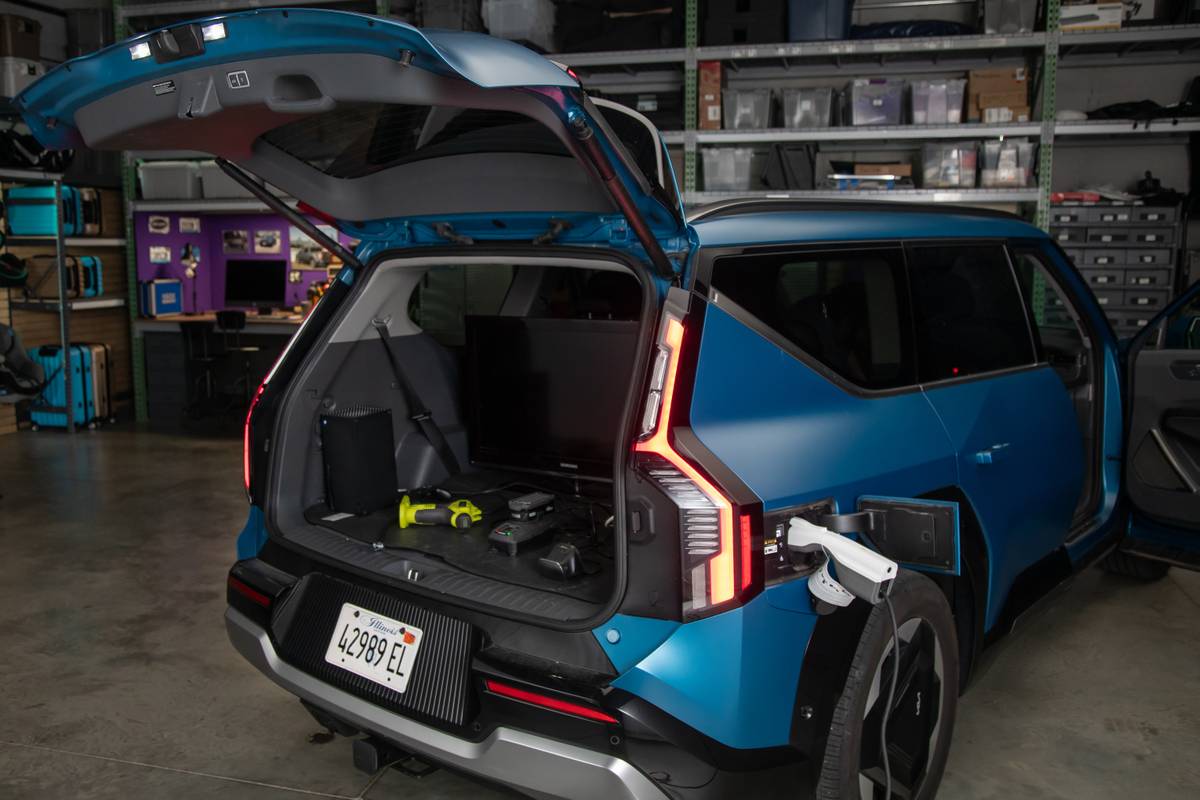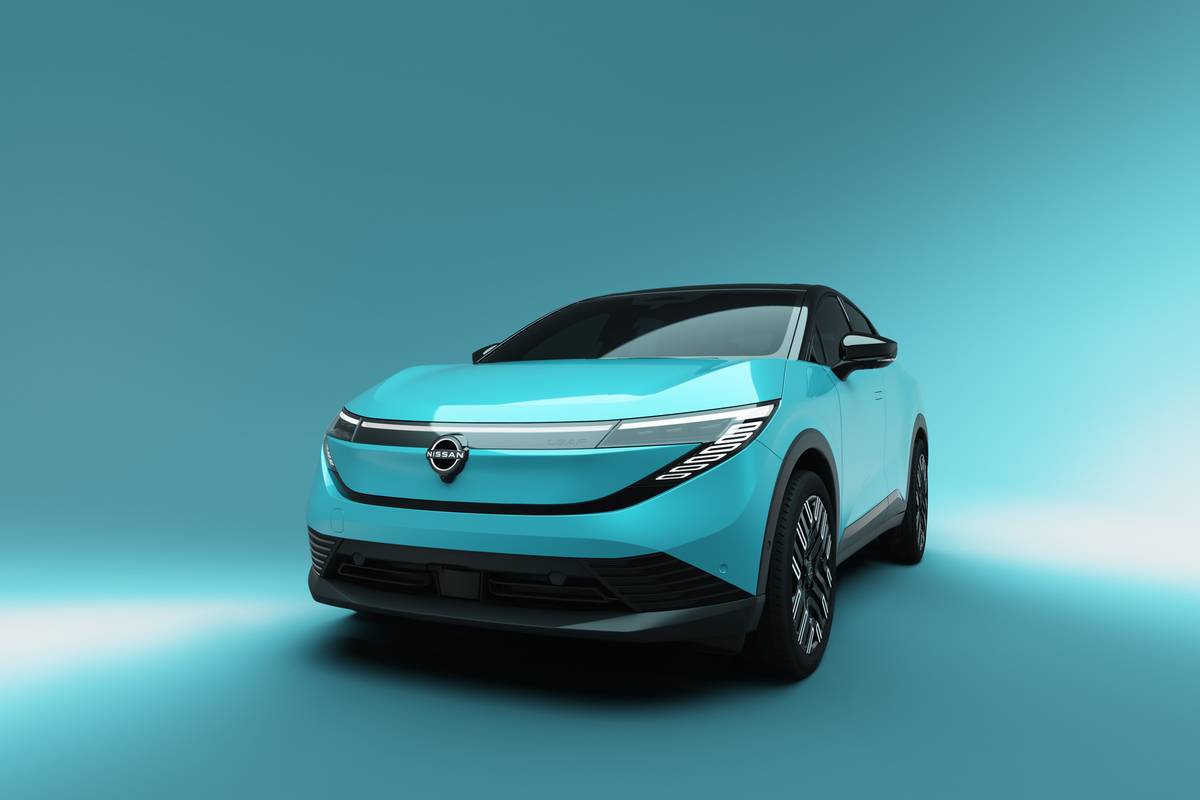The Morning Call and Mcall.com's view
If you though things were confusing in the car market scene in the 1988 model year, wait until you start looking over the 1989 selection. There are even more models to confuse you and, to quote an ancient cliche, you can’t tell the players without a scorecard. But even a scorecard may not tell the whole story.
For all those who heard about this week’s test car, the Eagle Summit, give yourself a gold star. Here is a brand new name (Summit), from an almost brand new car line (Eagle), from an old American car manufacturer (Chrysler). So far, there shouldn’t be any problems.
The other models in the Eagle line are a French-designed large car built in Canada (Premier) and a French-designed mid-size car built in France (Medallion). If you took a wild guess and said the Summit is a Japanese- designed compact built in Japan, you would be right. But what is the connection?
It all, really, is very simple. From the early 1970s Chrysler Corp. began importing cars built by Mitsubishi, a large Japanese manufacturer, who, at the time, was best known as the builder of the famed Zero fighter plane of World War II. The Mitsubishi cars were sold under a Dodge or Plymouth nameplate and gave Chrysler small cars before the company began manufacturing its own domestic small cars. A good deal on both sides and even now Chrysler sells Mitsubishi vehicles under the Chrysler, Dodge and Plymouth nameplates.
All well and fine, you may say, but what is Jeep/Eagle (the full name of the division) doing with a Mitsubishi? Well, the same thing Chrysler is doing, filling out a line and offering the buyer a bigger selection. And although the Summit may not be a household word right now, it surely will be ”discovered” by buyers as more and more of them get on the road.
Although the Summit may be small in size (with an EPA index of 101 cubic feet, it barely makes the compact class; 100-109 cubic feet) it is by no means small inprice. This, though, is the way the car is being marketed. It is an upscale car and in its most expensive form, the LX with DOHC Package, can even be considered a luxury/economy car; a term that may appear to be contradictory but, with so many similar models offered by other manufacturers, not an uncommon one.
The test car, an LX/DOHC supplied by Shoemaker Jeep/Eagle, 4121 Walbert Ave., South Whitehall, was equipped with everything available from the manufacturer and, not surprisingly, proved to be an interesting little car to drive. Although not exactly cheap in price (a final line of $14,264, which will be broken down later), it did manage to act like a more expensive car.
First, the basics. All Summits (the other models are the DL and LX) are four-door notchback sedans. Wheelbase measures 96.7 inches, overall length 170.1 inches, width 65.7, height 52.8 inches and curb weight 2,271 pounds.
The individualistic styling of the car, not really a copy of a nything else, features a steeply sloping hood, rakish windshield, a high roof line over a large greenhouse and a raised trunk deck. Identifying the car is the Eagle emblem (an eagle) and grille. The overall appearance is easy to take and can be appreciated for the interior room it creates. With 39.1 inches in front and 37.5 inches in the rear, head room is exceptional. Other interior dimensions include: leg room, 41.9 front, 34.3 rear; shoulder room, 53.5 front, 53.1 rear, and hip room, 52.8 front, 52 rear.
Although all Summit models are upscale, the LX/DOHC is more upscale than others. Included in the DOHC Package are front sport bucket seats with high side bolsters and Euro-style open headrests. The seats are cloth with the bolsters a solid color and the seating area done up in a unique geometric pattern featuring several different colors. The instrument panel has sporty- looking gauges including a very optimistic 145-mph speedometer. Controls aren’t comp icated and are in easy reach. The air conditioning/heat er system features European-type rotation controls which may seem a little out of place, but what are you going to do?
If you haven’t already figured it out by now, the DOHC stands for double overhead cam engine. This type of engine features four valves per cylinder, and, although not a new concept (this valve configuration has been around since about 1910), it has become more popular over recent years. Its chief advantages seem to be increased horsepower within the same displacement and the ability to run clean, certainly a consideration with emission laws.
The Summit’s engine measures 1.6-liter/98-cubic inches and is rated at 113 horsepower at 6,500 rpm and 99 foot pounds torque at 5,000 rpm. Notice that horsepower is quite good for displacement though it is not pumping out a whole lot of torque. This, though, is the nature of small displacement DOHC engines and what it means is you have to lay your foot into it all the time. Fortunately, this type of engine thrives on high rpm.
The test car had the optional four-speed automatic transmission which worked just dandy but seemed to be shifting all the time. But, again, because of the nature of this engine, there would be just as much shifting with the standard equipment five-speed manual transmission. The transmission/engine combination provided good power for all Lehigh Valley driving conditions and even managed to obtain some decent fuel mileage. The test car averaged 18 miles per gallon for city driving and 27 mpg over the highway. Unleaded premium is recommended.
The front-wheel drive Summit’s suspension features MacPherson struts up front and a three-link torsion axle system in the rear. The DOHC Package takes this all a step further with heavy-duty front and rear coil springs and anti- sway bar and gas-charged rear shocks. Disc brakes are on all four wheels and performance P195/60R14 steel radials are mounted on 14-inch argent-styled steel road wheels.
Handling is responsive and not the least bit tricky. The way you aim it is the way it goes. And even with its short wheelbase, the ride is quite decent.
Base price for the LX/DOHC is $10,066 and includes a nice level of standard equipment and appointments. As mentioned, the test car totaled $14,264, including a destination charge of $240. Among the options were the DOHC Package (engine, sport suspension, power four-wheel disc brakes, sport front bucket seats, driver’s footrest and dual chrome exhaust tips, added to standard all-stainless steel exhaust system), $804; automatic transmission, $668; air conditioning, $726; premium radio, $721; sport aluminum wheels, $324; power windows and door locks, $427, and cruise control, $205.
The Summit is covered by the strongest warranty in its class. In addition to Mitsubishi’s three years/36,000 miles bumper-to-bumper coverage, there is Chrysler’s 7-year/70,000-mile powertrain warranty and 7-year/100,000-mile outer body rust-through warranty. Tough stuff.
Latest news



